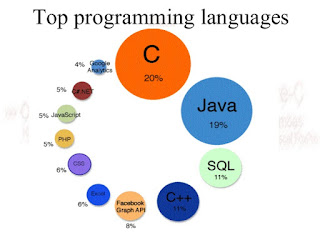Unified Modeling Language (UML)
What is Unified Modeling Language (UML)?
Unified Modeling
Language (UML) is the universal language of software architecture—a visual
toolkit that helps developers, designers, and stakeholders understand, build,
and communicate complex systems with clarity and precision. Whether you’re
designing a new app or documenting an existing system, UML diagrams make your
ideas accessible and your designs professional.
UML - An Overview
Before we begin to
look at the theory of the UML, we are going to take a very brief run through
some of the major concepts of the UML.
The first thing to
notice about the UML is that there are a lot of different diagrams (models) to
get used to. The reason for this is that it is possible to look at a system
from many different viewpoints. A software development will have many
stakeholders playing a part.
For Example:
- Analysts
- Designers
- Coders
- Testers
- QA
- The Customer
- Technical Authors
Types of UML Diagrams
 |
| Fig1. UML Diagram |
A class diagram is the backbone of object-oriented design.
It gives a static view of your system by showcasing its classes, attributes,
methods, and the relationships among them.
Key Elements of a Class Diagram
· ·
Class:
Represented as a rectangle divided into three compartments:
o
Name (top): The unique identifier of
the class (e.g., Team).
o
Attributes (middle): Data fields or
properties (e.g., name, city, division).
o Methods/Operations (bottom): Actions or behaviors (e.g., playGame(), hireCoach())
· Visibility Markers:
o
+ Public: Accessible from any class.
o
- Private: Accessible only within the
same class.
o
# Protected: Accessible within the
class and its subclasses.
o
~ Package: Accessible within the same
package
 |
Fig2. Simple Class Diagram |
· Relationships: Lines and arrows connect classes, showing associations like inheritance, aggregation, and composition.


Comments
Post a Comment